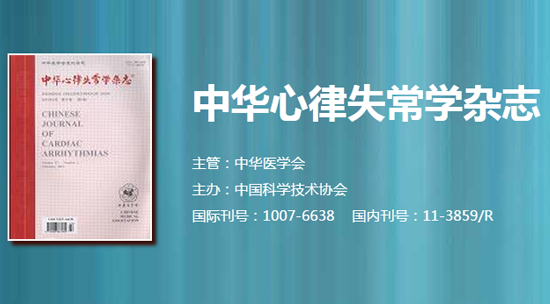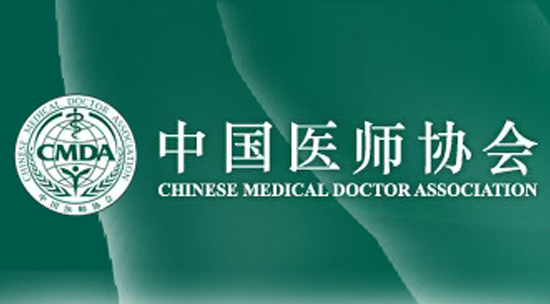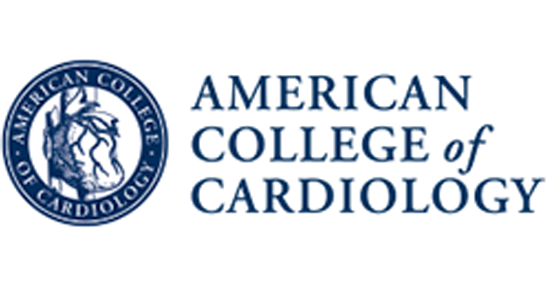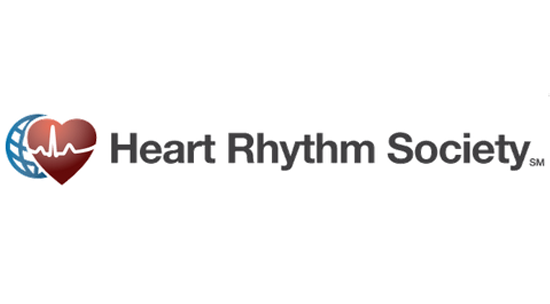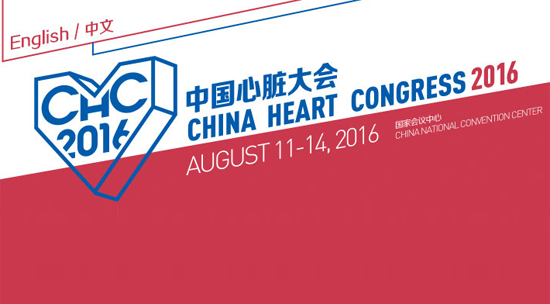HeartRhythm主编—陈鹏生教授语音速递(十一月刊 英文版)
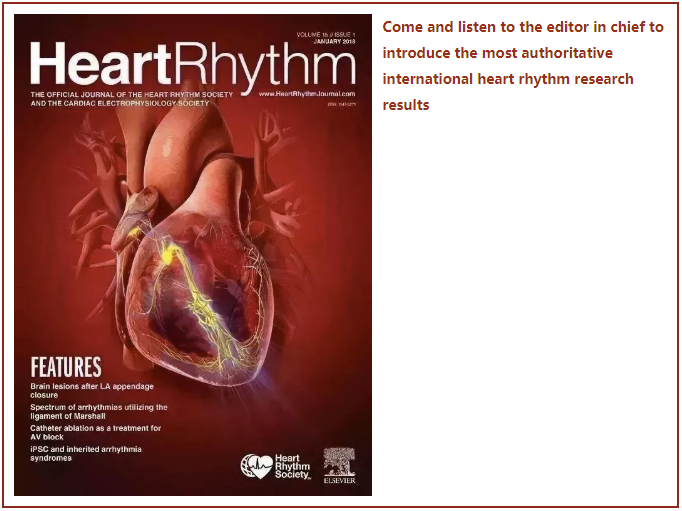
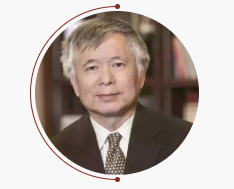
Peng-Sheng Chen
Hello, this is Dr. Peng-Sheng Chen, the Editor-in-Chief of Heart Rhythm. Thank you for listening to this podcast.
The first article in the November 2023 issue is titled “Mortality and ventricular arrhythmias in patients on d,l-sotalol for rhythm control of atrial fibrillation - A nationwide cohort study”. This population-based cohort study included AF patients from the Swedish National Patient Registry (2006-2017) who underwent rhythm control after a second cardioversion. Among patients treated with d,l-sotalol, and beta-blocker, all-cause mortality was lower in patients treated with d,l-sotalol. The difference in mortality persisted in the propensity score-matched comparison. The authors conclude no excess mortality with d,l-sotalol compared with cardioselective beta-blockers in patients undergoing rhythm control treatment for AF after a second cardioversion.
The next one is “Guided implantation of a leadless LV endocardial electrode and acoustic transmitter using computed tomography anatomy, dynamic perfusion and mechanics, and predicted activation pattern”. The WiSE-CRT System permits leadless left ventricular pacing. The authors developed a novel CT protocol using preprocedural imaging and simulation to identify target segments for electrode implantation. During electrode implantation, biventricular pacing within target segments resulted in a significant improvement in acute hemodynamic response vs non-acute hemodynamic response. The authors conclude that preprocedural imaging and modeling data with intraprocedural guidance can successfully guide WiSE-CRT electrode and transmitter implantation to allow optimal acute hemodynamic response and adequate power delivery.
Up next is “Worsening Tricuspid Regurgitation Associated with Permanent Pacemaker and Implantable Cardioverter-Defibrillator Implantation: A Systematic Review and Meta-Analysis of over 66,000 Subjects”. The authors analyzed 29 studies with 66,590 participants. Patients who underwent device implantation were significantly more likely to develop worsening tricuspid regurgitation than controls who did not undergo device implantation. Worsening tricuspid regurgitation post-device implantation significantly increases mortality. There is no statistically significant difference between the type of implanted device (ICD vs PPM) and post-device implantation tricuspid regurgitation. The authors conclude that many patients undergoing PPM or ICD implantation are at an increased risk of worsening tricuspid regurgitation. Worsening tricuspid regurgitation significantly increases mortality by greater than 140%, accordingly deserving more recognition and clinical attention in the current era.
The next one is “Differences among young unwitnessed sudden cardiac death, according to time from last seen alive: insights from a 15-year nationwide study”. The authors identified unwitnessed SCD subjects aged 1-35 years in Denmark from 2000-2014. Of 440 unwitnessed SCD subjects, 366 (83%) had not been seen alive within 1 hour of being found dead. Comorbidities differed between the groups, with more epilepsy and psychiatric diseases in the 24-hour group. Having been seen within 1 hour of death independently decreased the chance of being autopsied. The authors conclude that most unwitnessed SCD subjects had not been seen alive within 1 hour of being found dead. Excluding SCD cases not seen alive within 1 hour of being found dead would severely underestimate the burden of SCD.
Up next is “Phenotypic Variability of Filamin C-related Cardiomyopathy: Insights from a Novel Dutch Founder Variant”. Dilated cardiomyopathy (DCM) can be caused by truncating variants in the filamin C gene (FLNC). A new pathogenic FLNC variant was recently identified in Dutch patients with DCM. Thirty-three individuals (of whom 23 [70%] were female) from 9 families were identified. Sudden cardiac death was the first presentation in a carrier at the age of 28 years. A shared haplotype spanning 2.1 Mb was found in all haplotyped individuals. The variant originated between 275 and 650 years ago. The authors conclude that this pathogenic FLNC variant is a founder variant originating from the south of the Netherlands. Carriers are susceptible to developing heart failure and ventricular arrhythmias. The cardiac phenotype is characterized by ringlike late gadolinium enhancement, even in individuals without significantly reduced left ventricular function.
Coming up is “Epidemiology of pediatric out-of-hospital cardiac arrest compared with adults”. The purpose of this study was to outline the characteristics and causes of pediatric OHCA (pOHCA) in patients enrolled in the End Unexplained Cardiac Death Registry in Victoria, Australia (population 6.5 million). The analysis included 106 cases after adjudication, 45 (42.5%) of which were due to cardiac causes of OHCA. Unascertained (n = 33 [31.1%]) is the most common cardiac cause reported. Respiratory events (n = 28 [26.4%]) were the most common noncardiac cause of pOHCA. The overall survival to hospital discharge rate was 11.3%. In conclusion, the incidence of pOHCA in the study population was 3.69 per 100,000 child-years. The most common etiology was noncardiac. Prognostic factors associated with survival to discharge included increasing age, witnessed arrest, and initial ventricular arrhythmias. Rates of cardiopulmonary resuscitation and defibrillation were suboptimal.
Up next is “Ischemia-Induced Ventricular Proarrhythmia and Cardiovascular Autonomic Dysreflexia After Cardioneuroablation”. The authors developed a percutaneous cardioneuroablation model by ablating left- and right-sided ganglionated plexi. After cardioneuroablation, extracardiac VNS responses remained abolished for 6 weeks. In the cardioneuroablation group only, direct VNS resulted in paradoxical increases in blood pressure. Left sympathetic chain stimulation induced significant corrected QT interval prolongation in the cardioneuroablation group vs the sham group. VT/VF after LAD ligation was more prevalent and occurred earlier in the cardioneuroablation group than in the control group. The authors conclude that cardiac vagal denervation is maintained long-term after cardioneuroablation in a porcine model. However, chronic cardioneuroablation was associated with cardiovascular dysreflexia, diminished cardioprotective effects of cardiac vagal tone, and increased susceptibility to VT/VF in ischemia. These potential long-term negative effects of cardioneuroablation suggest the need for rigorous clinical studies on cardioneuroablation.
The next one is “SUMOylation of the Cardiac Sodium Channel NaV1.5 Modifies Inward Current and Cardiac Excitability”. A recent report concluded that acute hypoxia increases INa,L by increasing a small ubiquitin-like modifier (SUMOylation) at K442-NaV1.5. The purpose of this study was to determine whether and by what mechanisms SUMOylation alters INa, INa,L, and cardiac electrophysiology. INa was measured by patch clamp with/without SUMO1 overexpression in HEK293 cells expressing wild-type (WT) or K442R-NaV1.5 and in neonatal rat cardiac myocytes. They found that NaV1.5 was SUMOylated in HEK293 cells, neonatal rat cardiac myocytes, and human heart tissue. The results of the study show that SUMOylation of K442-Nav1.5 increases peak INa without changing INa,L, at least in part by altering membrane abundance. These findings do not support SUMOylation as a mechanism for changes in INa,L. Nav1.5 SUMOylation may modify arrhythmic risk in disease states and represents a potential target for pharmacologic manipulation.
The above original articles are followed by two contemporary reviews. The first one is titled “Left Septal Fascicular Block: Evidence, causes, and diagnostic criteria”. In this review, the authors have updated the criteria for left septal fascicular block (LSFB) and the differential diagnosis of prominent anterior QRS forces. More and more evidence points to the fact that the main cause of LSFB is critical proximal stenosis of the left anterior descending coronary artery before its first septal perforator branch. The most important characteristic of LSFB that has been incorporated in the corresponding diagnostic ECG criteria is its transient/intermittent nature,mostly observed in clinical scenarios of acute or chronic ischemic coronary artery disease. The authors propose intermittent LSFB has the same clinical significance as "Wellens syndrome" and the "de Winter pattern" in the acute coronary syndrome scenario.
A second contemporary review is “Provocation Testing in Congenital Long QT Syndrome: A Practical Guide”. LQTS provocation testing involves assessing repolarization during and after exercise in response to changes in heart rate or autonomic tone, with patients with LQTS exhibiting a maladaptive repolarization response. The authors review the utility of 4 forms of provocation testing and provide some practical guidance for performing provocation testing. Ultimately, exercise testing, when feasible, is the most useful form of provocation testing when considering diagnostic sensitivity and specificity.
We also have two research letters. The first one is “Lipomatous metaplasia as the most reliable computed tomography predictor for functional substrate localization in scar-related ventricular tachycardia”. Although late gadolinium enhancement cardiac magnetic resonance imaging remains the gold standard for in-depth substrate characterization and procedural guidance, CT may represent a viable alternative because of its widespread availability, smaller impact of implantable cardioverter-defibrillator artifacts, and potential for anatomic and substrate characterization from a single examination.
A second research letter is titled “Electrophysiological characteristics of left bundle branch potential during implantation”. Based on electrophysiological characteristics, the LBB potential was classified into 2 types: (1) type A (manifest potential), in which a high-frequency potential was noted immediately after lead deployment, and (2) type B (concealed potential), in which the potential was concealed within the slurred negative current of injury initially and resurged over few minutes gradually to form a predominant negative deflection followed by sharp biphasic potential. Understanding the electrophysiological characteristics of the LBB potential is important because it predicts selective capture and avoids lead perforation during implantation. Demonstration of a type B potential could be considered as the endpoint to avoid further rotations.
The final article is devoted to the memory of Dr. Albert L. Waldo, who passed away on August 17, 2023. Dr. Waldo was an extraordinary mentor, colleague, and friend who will be remembered for his scientific contributions, friendship, and humanity.
I hope you enjoyed this podcast. For Heart Rhythm, I’m the Editor-In-Chief, Dr. Peng-Sheng Chen.
